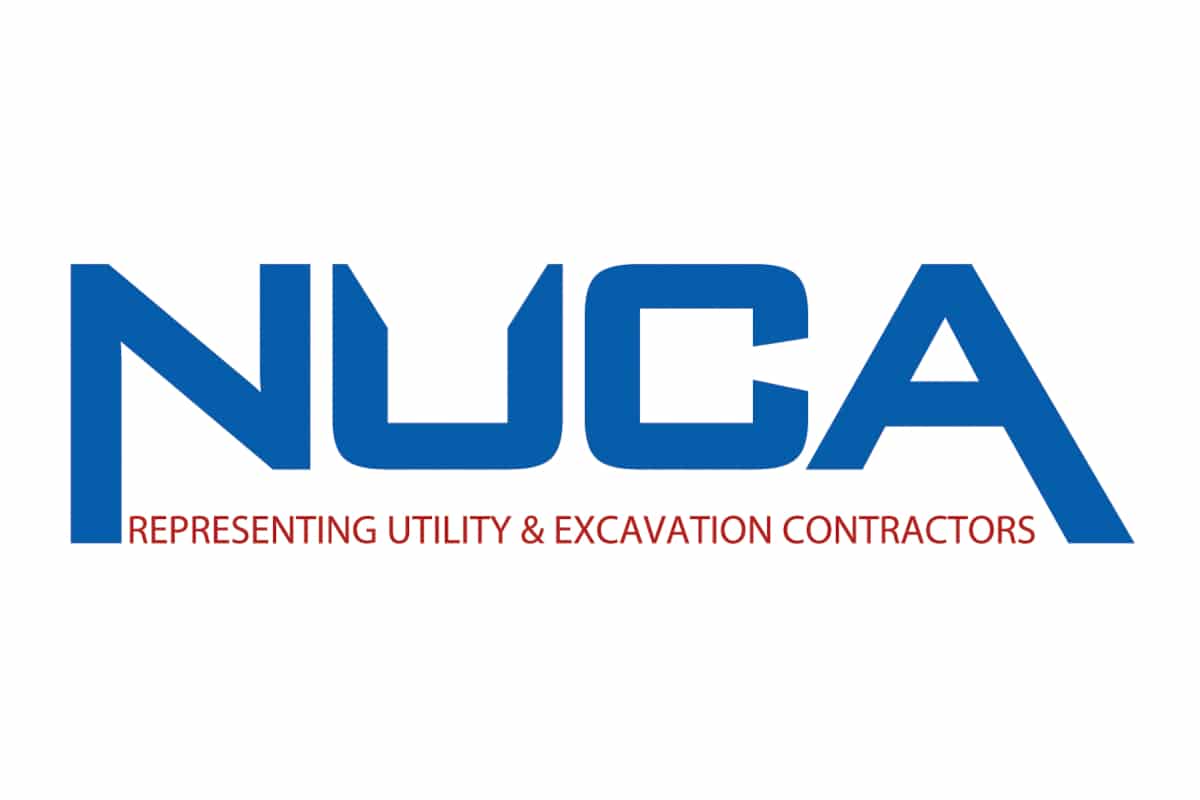
U.S. DOE Announces $34 Million to Help Modernize the Electric Grid, Replace Aging Power Infrastructure
The U.S. Department of Energy (DOE) recently announced $34 million for 12 projects to strengthen and modernize America’s aging power grid through the development of cost-effective, high-speed, and safe undergrounding technologies.
Through the Grid Overhaul with Proactive, High-speed Undergrounding for Reliability, Resilience, and Security (GOPHURRS) program, the selected projects will advance innovative solutions to help upgrade and expand the nation’s grid infrastructure—lowering costs, reducing inefficiencies, mitigating disruptions from extreme weather events, and accelerating the adoption of renewable clean energy resources.
The announcement reinforces President Biden’s Investing in America agenda to build strong and secure energy infrastructure across the country, which will create good-paying jobs and boost America’s energy and national security while supporting the President’s goal of a 100 percent clean electrical grid by 2035.
“Modernizing our nation’s power grid is essential to building a clean energy future that lowers energy costs for working Americans and strengthens our national security,” said U.S. Secretary of Energy Jennifer M. Granholm. “With today’s announcement, DOE is supporting teams across the country as they develop innovative approaches to burying power infrastructure underground—increasing our resilience and bringing our aging grid into the 21st Century.”
The electric power distribution system in the U.S. has more than 5.5 million line-miles with more than 180 million power poles, all of which are susceptible to damage by weather and its effects, and account for a majority of power outages in the country each year. Climate-change fueled extreme weather events are increasing the frequency and intensity of power outages across the U.S., harming communities and disrupting livelihoods.
Undergrounding power lines is a proven way of improving the system reliability for both transmission and distribution grids as weather events are less likely to interfere with systems that are protected below ground. Managed by DOE’s Advanced Research Projects Agency-Energy (ARPA-E), the teams announced today—including small and large businesses, national labs, and universities—will play a critical role in developing technologies to reduce costs, increase speed, and improve the safety of undergrounding operations.
Selected Projects Include
Arizona State University (Tempe, Arizona) will develop a water-jet underground construction tool that would deploy medium-voltage electrical cables and conduits simultaneously underground with a lower risk to existing utilities by eliminating the need for a hard drill bit—reducing cost and lowering schedule impacts from reaming and duct pulling tasks. (Award amount: $4,263,082)
Case Western Reserve University (Cleveland, Ohio) will develop a worm-inspired construction tool that could cheaply and quickly install underground distribution powerlines in busy urban and suburban environments. The proposed robotic tool consists of a sleeve of expanding and contracting materials that digs underground like an earthworm while laying conduit as it goes. The goal for the peristaltic conduit is to be able to avoid existing infrastructure obstacles by turning more nimbly potential turning radius of about 5 ft compared with conventional methods with turning radiuses larger than 1,000 ft). If successful tunneling would be possible in environments which are currently too risky for trenchless methods. (Award amount: $2,072,952)
GE Vernova Advanced Research (Niskayuna, New York) will develop a robotic worm tunneling construction tool that would dig and install conduit and cables for underground distribution powerlines in a single step. GE’s system would mimic the natural movement of earthworms and tree roots to install 1,000 feet of cable and conduit in two hours with unmatched flexibility. The tool could deploy from a standard pickup truck and would eliminate the cost, complexity, and surface disruption compared with conventional approaches. (Award amount: $3,674,998)
Oceanit (Honolulu, Hawaii) will develop a look-ahead subsurface sensor system—capable of sensing what lies beyond a drill bit–that would take advantage of unmanned aerial vehicles and electromagnetic resistivity techniques to avoid damaging existing utilities when undergrounding powerlines. The system would use machine learning interpretation and high-resolution imaging capabilities to provide real-time guidance for the drill path. (Award amount: $3,276,836)
Pacific Northwest National Laboratory (Richland, Washington) will develop an artificial intelligence system for processing geophysical survey data into digital twin—a model of a real-world physical product—and augmented reality in order to identify existing utilities and other subsurface obstacles before installing underground power distribution lines. Analysis, visualization, and reporting typically takes weeks or months after data acquisition, but the proposed system could produce results within minutes, providing near real-time subsurface mapping and utility identification which will lead to cost savings and speeding up of burying power lines. (Award amount: $3,750,000)
More information and complete project descriptions for the teams announced today can be found on the ARPA-E website at https://arpa-e.energy.gov/sites/default/files/documents/files/GOPHURRS_Project%20Descriptions_FINAL.pdf.
ARPA-E advances high-potential, high-impact clean energy technologies across a wide range of technical areas that are strategic to America’s energy security. Learn more about these efforts and ARPA-E’s commitment to ensuring the United States continues to lead the world in developing and deploying advanced clean energy technologies.
SOURCE – ARPA-E




